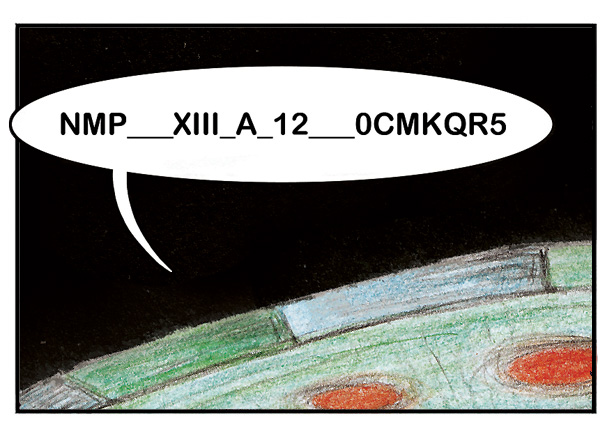
Find out more
about location data based physical and digital documents' identification
Since it is impossible to avoid changes of documents and of their digital copies, it is necessary to take the changes into consideration and to maintain links between the persistent identifier and the new circumstances.
Persistent identifiers can be understood as ID numbers of digital copies making the documents permanently accessible; changes of location information can be compared to situations when people move or change their names after marriage. People/documents themselves remain the same whereas everything around changes.
Historical documents usually belonged to different owners during their lifetime in the past and they therefore changed their location, or they could be stored in different places even when kept by the same owner. This kind of information (shelf marks and location) is generally known because it has been published in historical specialized literature (articles, catalogues and others). What is needed now is to link the information to the existing record in the IdH, originally created on the basis of different locational data, so that documents could be looked up according to them as well.
Also, if the document still physically exists, it may easily change its owner, or its digital copy may be moved to another data repository in the future. The IdH enables to refer to such information as well, once the persistent identifier has been assigned.
Premonstratensian Monastery Teplá in the western part of Bohemia possessed in its collections a richly illuminated and notated manuscript Gradual del Tempore. At the origin of the document was Abbott Sigismund Hausmann who had the manuscript made in 1491 in Magdeburg. The Monastery library changed and expanded over the years and, as a result, the manuscript moved several times to various places (to different repositories) of the same owner. These changes are well evidenced by surviving shelf marks: V y 3, V φ 177, Cod. (37) 313, E 45, Glasschrank III.
A part of the Monastery library, including the manuscript, was finally deposited in the National Library of the Czech Republic in Prague. The document received a brand-new shelf mark (Teplá MS.E.45), under which it was digitized and registered among the National Library resources.
Since the IdH makes it possible to register all the changes in location of a document as a concordance record, an IdH user can look up Graduale de tempore not only under its current shelf mark but also under all its historical shelf marks (V y 3, V φ 177, Cod. (37) 313, E 45, Glasschrank III) within its original repository in Teplá Monastery).

about location data based physical and digital documents' identification

about Registry of Written Heritage Repositories